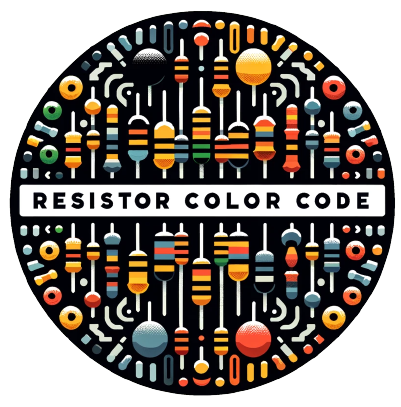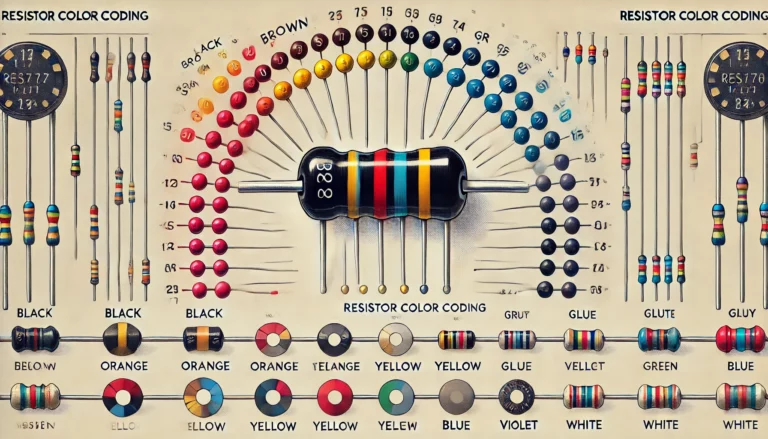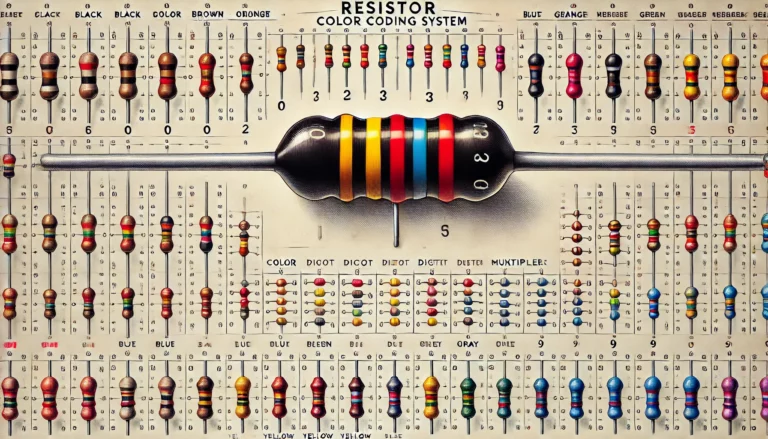Mastering the Secrets of Resistor Color Codes
In the intricate world of electronics, precision is paramount. Among the multitude of components that populate circuit boards, resistors stand out for their critical role in controlling current flow. However, their small size belies the complexity of their function, necessitating a unique identification system: color coding. This article, “Crack the Code: Mastering the Secrets of Resistor Color Codes,” serves as your comprehensive guide to navigating this colorful spectrum, ensuring accuracy and confidence in your electronic endeavors.

The Basics of Resistor Color Codes
At the heart of understanding resistor color codes is the recognition of their purpose: to denote resistance values and tolerance levels in a compact, easily decipherable manner. Typically, resistors feature bands of colors, each representing a number according to a standardized code. Learning this code is akin to learning a new language—a language of colors that conveys essential information about the resistor’s properties.
Deciphering the Bands
The journey into resistor color codes begins with the bands. Most resistors display four, five, or six bands, each with its unique significance:
- Four-Band Resistors: The most common type, where the first two bands indicate significant digits, the third the multiplier, and the fourth the tolerance.
- Five-Band Resistors: Offering greater precision, the first three bands represent significant digits, the fourth the multiplier, and the fifth the tolerance.
- Six-Band Resistors: Similar to five-band resistors but with an additional band indicating the temperature coefficient, crucial for high-precision applications.
The Color Code Chart
Central to mastering resistor color codes is the color code chart, a visual tool that maps colors to numbers and multipliers. From black (0) to white (9), each color corresponds to a specific digit, while gold and silver denote multipliers and tolerances. Familiarity with this chart is essential for anyone looking to navigate the colorful world of resistors.
Practical Applications and Examples
Understanding resistor color codes is not merely an academic exercise; it’s a practical skill with wide-ranging applications. From simple DIY projects to complex electronic systems, the ability to accurately read resistor values is indispensable. This section of the article will walk you through real-world examples, demonstrating how to apply your knowledge of color codes to identify resistor values accurately.
Tips for Mastery
Like any language, fluency in resistor color codes comes with practice and some helpful strategies:
- Mnemonics: Develop or learn mnemonics to remember the color sequence.
- Practice Tools: Use online simulators or actual resistor sets to practice and reinforce your learning.
- Reference Materials: Keep a color code chart handy until you’re confident in your ability to recall the codes without aid.
Conclusion
As we conclude our journey through the world of resistor color codes, it’s clear that what might initially appear as mere bands of color are, in fact, a sophisticated language of electronics. Mastery of this language empowers you to navigate the complexities of electronic circuits with confidence and precision.




